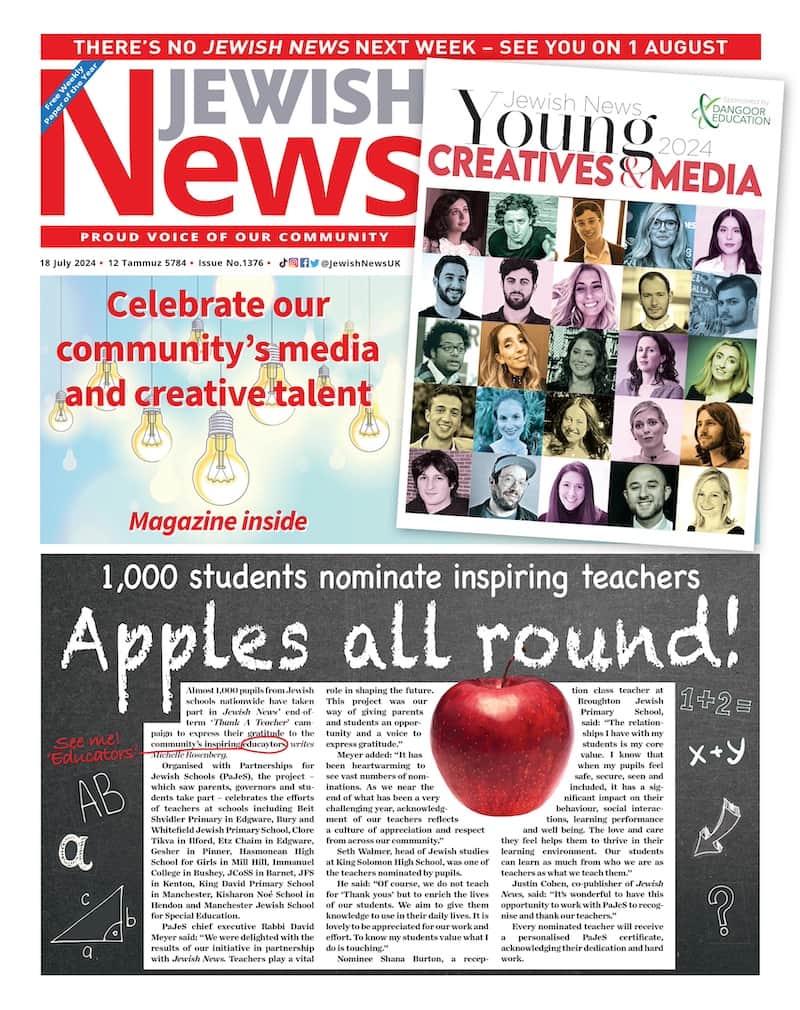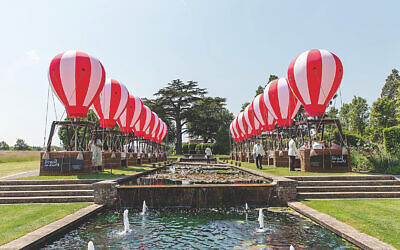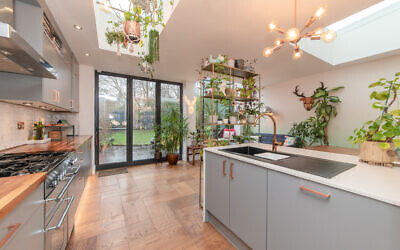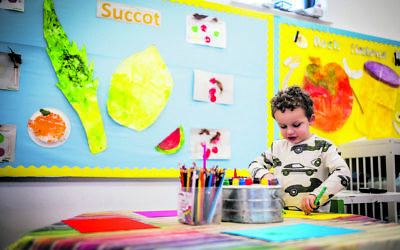SPECIAL REPORT: My family launched the Jewish Museum. Now it could be history
Jonathan Samuel, the grandson of one of the co-founders of the Jewish Museum, reflects on the role of the institution, what it means to the community and why it must be saved
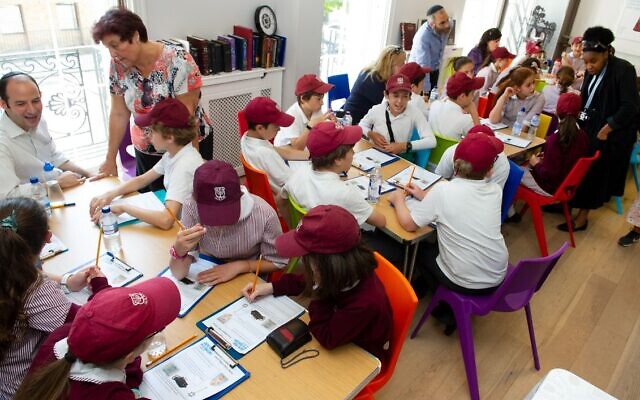
Throughout my childhood, the Jewish Museum was always part of my family life. My grandfather, Wilfred Samuel, founded it in 1932. My father, Edgar, was always involved with it. After early retirement, he studied history and took on the work of running it.
For my father, running the museum, showing classes of schoolchildren around and answering queries from children, visitors and researchers was not merely a job but an endless source of pleasure.
For me, like generations of Jewish children, there was a feeling that we, Jews, had our own museum just like the British Museum or the Science Museum. We were part of Britain.
Our identity was recognised in the British landscape. I felt pride that this was something my grandfather created and my father continued.
The objects in the museum that sparked my imagination as a child were the spiky rollers used for putting the holes into matzot, the silver Havdalah spice towers, so like the one we had at home, and my favourite, a 4,000-year-old earthenware bowl (now sadly lost) from Ur of the Chaldees that I always thought of as Abraham’s cereal bowl!
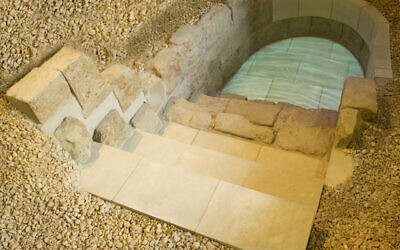
My grandfather Wilfred was acutely aware of what was going on in Germany in the 1920s and 1930s. He saw what was coming and worked tirelessly and, with some success, to get as many Jews as possible out of Germany. However, it was a struggle that depressed him, for whatever he did was not enough.
It was at this time that he became enthusiastic about a suggestion by his good friend Cecil Roth to create a Jewish museum. It would be a collection of Jewish objects of beauty that illustrated Judaism and the history of Jews in this country.
With the help of his many friends, a number of whom were businessmen, he put together a fine collection, including Torah scrolls and their mantles, bells and pointers, Kiddush cups, Sabbath lamps and Havdalah silverware, megillot and mezuzot.
He collected items from the history of the Spanish and Portuguese and Ashkenazi communities in Britain and Jewish religious artefacts.
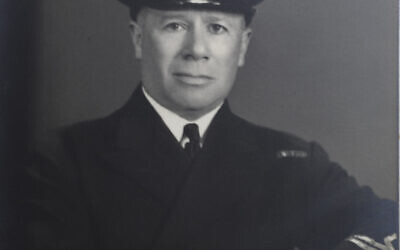
Exhibits include The Little Boy in Blue and Gold, a portrait painted by Jewish artist Catherine da Costa of her eight-year-old son Abraham in 1714.
Then there is the 17th-century Italian synagogue Ark, which turned up in Chillingham Castle in Northumberland, where it was being used as a wardrobe in a steward’s bedroom.
My grandfather’s hobby became his delight and it gave him the strength to continue his efforts in rescuing German Jews until war broke out in 1939 and he threw every fibre of his being for the next six years into defeating Hitler and the Nazis.
To each generation, their own Jewish Museum. Under my father’s leadership, the museum became more accessible and more professionally run.
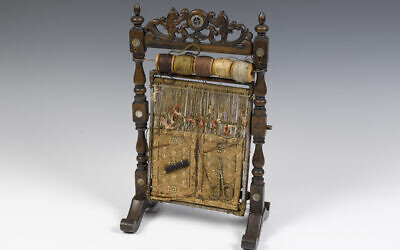
I remember my father working on the first audiovisual displays to introduce visitors and schools to the museum with accurate information, educational content and a fitting welcome.
The script was written by my father, illustrated by photographs of beautiful objects from the museum collection. The repeated refrain my father chose to accompany this audiovisual tour was a verse from the song the Israelites sang on crossing the Red Sea:
“This is my God and I will glorify Him, the God of my father and I will extol Him.”
I never fully understood the significance of this quote until the final night of my father’s shiva, last January, when the officiating rabbi explained it.
In the Mekhilta d’Rabbi Yishmael (third century) the rabbis explain the verse “This is my God and I will glorify Him” in a number of ways. Each explanation plays on the meaning of the word ve’anvehu (I will glorify Him):
Rabbi Yishmael asks: Is it possible for a creature of flesh and blood to add glory to his maker? Rather, read ve’anvehu as “I will be beautiful before Him by observing the commandments – with a beautiful lulav, a beautiful succah, beautiful tzitzit, beautiful tefillin.”
This is the Jewish basis for beautifying religious objects. Whether the Jewish Museum survives him or not, it is this verse that will be inscribed on my father’s tombstone.
The museum, when open, has tens of thousands of visitors a year. A total of 11,000 school students, mostly non-Jewish, are shown around the collection annually.
Other explanations are given: Abba Shaul says: “O be like him” (i.e., “ve’anvehu” = ani vehu [“I and He”]). Just as He is merciful and gracious, you, too, be merciful and gracious.”
Rabbi Yossi Hagalili says: “Beautify and praise the Holy One Blessed be He, before all the peoples of the world.”
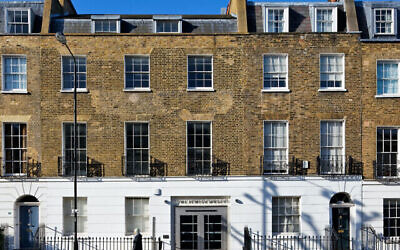
We make God and Judaism beautiful and pleasant in the world through doing mitzvot in a beautiful way, through our goodly behaviour in the world and through how we present Judaism to non-Jewish people. I think this is what the Jewish Museum encapsulates.
The museum, when open, has tens of thousands of visitors a year. A total of 11,000 school students, mostly non-Jewish, are shown around the collection annually.
Another 11,000 students engage with it virtually. If the funding and space were available, museum educators estimate the demand would be there to host 25,000 schoolchildren a year.
Last month, the trustees of Jewish Museum London announced they were preparing to close the current site in Camden’s Albert Street as it has faced unanticipated rising costs, which has “prevented its return to producing temporary exhibitions”.
Sir Simon Schama has expressed concern that without it, “Jewish history is reduced entirely to the Holocaust and the Israeli-Palestinian conflict” (BBC, Front Row, 20 June).
Last month, the trustees of Jewish Museum London announced they were preparing to close the current site in Camden’s Albert Street as it has faced unanticipated rising costs, which has “prevented its return to producing temporary exhibitions”.
The decision, they said, “reflects the need to make the museum more sustainable into the future. It is expected that the site will close at the end of this month, to reopen in a more prominent location within five years.”
The Jewish Museum would need £1.5 million per year to stay open until then, but as the old chestnut has it: it’s easier to get people to give £100 million for a new building than £1 million for running costs.
I therefore decided to write this article in the hope someone reading it with access to serious funds will save our wonderful creation.
If that is you, please write to Nick Viner, chair of trustees, Jewish Museum, 129–131 Albert Street, London NW1 7NB. Or click HERE
For everyone else, visit the Jewish Museum while you can.
It is still open on Sundays or Thursdays, 10am–5pm, until it closes at the end of this month. Perhaps forever.

Thank you for helping to make Jewish News the leading source of news and opinion for the UK Jewish community. Today we're asking for your invaluable help to continue putting our community first in everything we do.
For as little as £5 a month you can help sustain the vital work we do in celebrating and standing up for Jewish life in Britain.
Jewish News holds our community together and keeps us connected. Like a synagogue, it’s where people turn to feel part of something bigger. It also proudly shows the rest of Britain the vibrancy and rich culture of modern Jewish life.
You can make a quick and easy one-off or monthly contribution of £5, £10, £20 or any other sum you’re comfortable with.
100% of your donation will help us continue celebrating our community, in all its dynamic diversity...
Engaging
Being a community platform means so much more than producing a newspaper and website. One of our proudest roles is media partnering with our invaluable charities to amplify the outstanding work they do to help us all.
Celebrating
There’s no shortage of oys in the world but Jewish News takes every opportunity to celebrate the joys too, through projects like Night of Heroes, 40 Under 40 and other compelling countdowns that make the community kvell with pride.
Pioneering
In the first collaboration between media outlets from different faiths, Jewish News worked with British Muslim TV and Church Times to produce a list of young activists leading the way on interfaith understanding.
Campaigning
Royal Mail issued a stamp honouring Holocaust hero Sir Nicholas Winton after a Jewish News campaign attracted more than 100,000 backers. Jewish Newsalso produces special editions of the paper highlighting pressing issues including mental health and Holocaust remembrance.
Easy access
In an age when news is readily accessible, Jewish News provides high-quality content free online and offline, removing any financial barriers to connecting people.
Voice of our community to wider society
The Jewish News team regularly appears on TV, radio and on the pages of the national press to comment on stories about the Jewish community. Easy access to the paper on the streets of London also means Jewish News provides an invaluable window into the community for the country at large.
We hope you agree all this is worth preserving.

